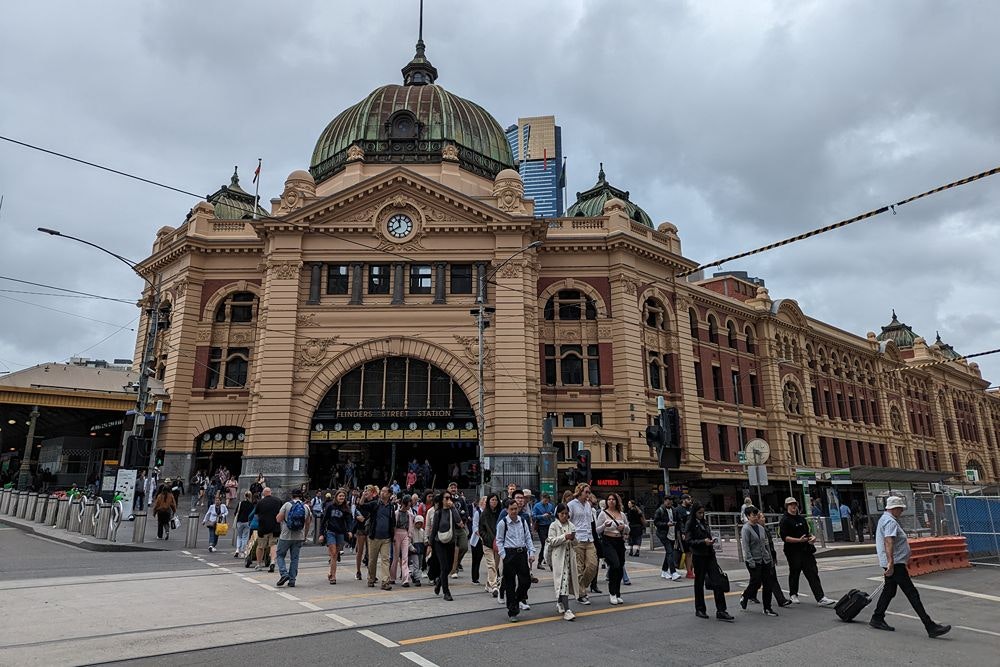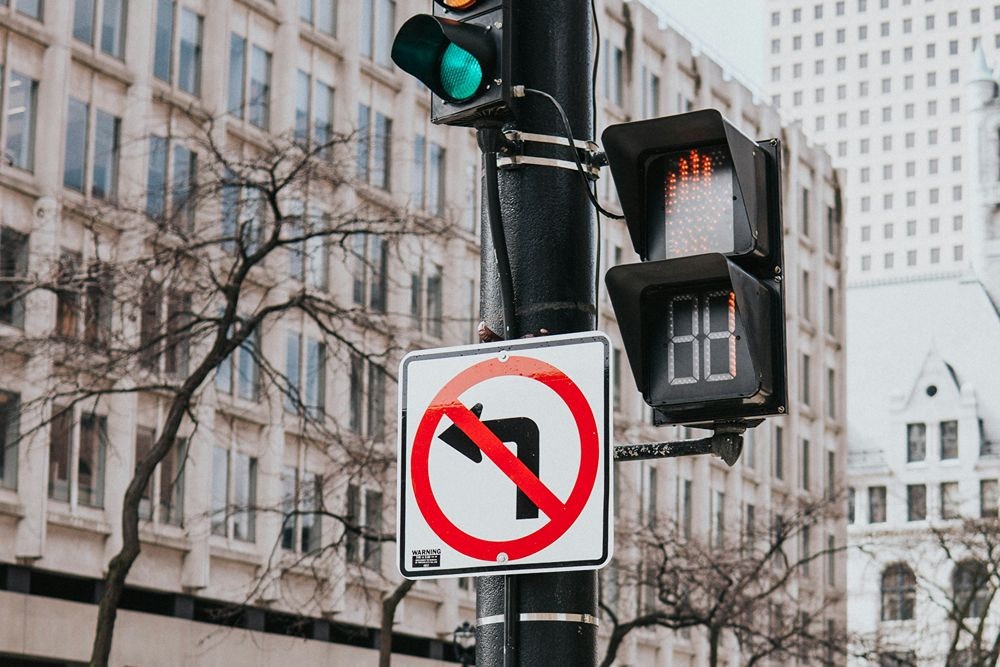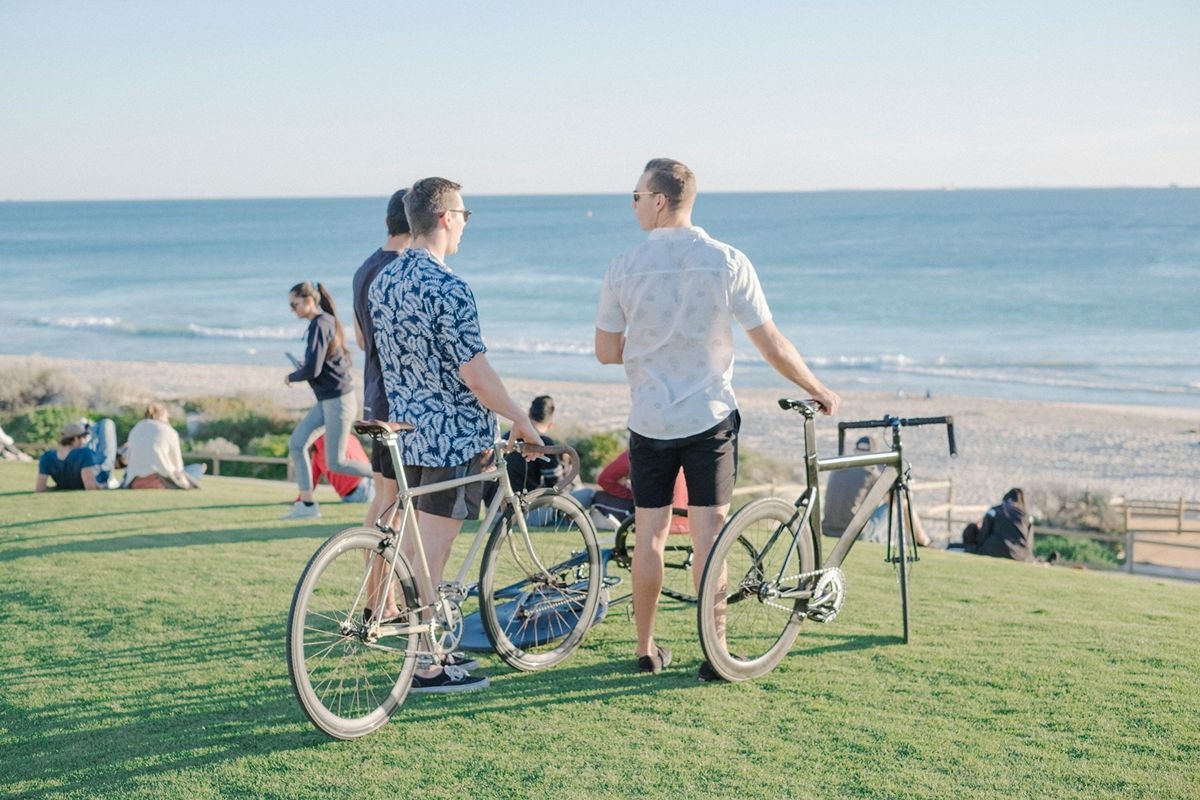Curiosities about the Australian culture
Discover aspects that work differently in Australia, including customs, behaviors, and lifestyle. Knowing these key factors will help you to adapt better, avoid confusion, and make easier your integration into the Aussie environment.

By:
LINA AVILA HENAO
Last Updated:
Mar 3, 2025
Tags:
#daily-life
When I arrived in Australia, within the first week, I already began to notice that many things worked differently. During my first walk to the city center, I realized that the way people acted in certain situations was distinct. Thanks to my friend Juliana, I didn’t make any cultural mistakes, and I didn’t "make a fool of myself," as we say in Colombia. She explained some local rules and practices to help me to ease my adaptation process. Here, I share the first differences!
Escalators
In Australia, when people get on the escalators, they automatically move to the side, leaving half of the step free. This allows those in a hurry to move faster without having to wait behind you. I was really surprised to see such an organized practice
Driving on the Left
One thing that strikes you from the first day is driving on the left. The steering wheel is on the right side of the vehicle, but cars drive on the left side of the road. Additionally, there are many intersections, maneuvers, and left turns that I wasn’t familiar with, requiring caution, which i have not seen before and it felt like a significant change compared to other countries.
Respect for Traffic Signs
In Australia, traffic rules are followed strictly. Here, no one runs a red light or ignores a stop sign. Drivers stop at the appropriate places and let pedestrians to cross at the crosswalks. This mutual respect between drivers and pedestrians creates a much more harmonious and organized environment, making people feel more relaxed while walking on the streets.

Walking on the Left
Apart from driving, people also walk on the left. In places like the city center, it is common to find a steady flow of people walking towards the left, and most people follow this rule to avoid bumping into or disturbing others.
Cooperative Driving Mentality
One of the differences that surprise me the most was that people drive with a mentality based on respect and cooperation, known in English as "cooperative driving." It’s not about being the first or the fastest, but about cooperating with others. For example, allowing someone to leave a gas station, keeping a safe distance from the car in front of you, and respecting the way of pedestrians at crosswalks are common behaviors. No one honks or gets impatient at traffic lights, which creates a much more relaxed and respectful atmosphere.
Being Considerate
People in Australia are quite considerate of others. For example, on public transport, no one listens to music loudly without using headphones. On the contrary, almost everyone wears headphones. However, there are a few people who speak loudly on the phone, sometimes interrupting the tranquility of the environment (these cases are rare).
No Physical Contact
In Australia, people tend to maintain a physical distance, especially in social or work situations. While this doesn’t mean people aren’t friendly, interactions tend to be more formal and reserved compared to other cultures, such as those in South America, where physical contact is more common.
The Way of Greeting
In Australia, greetings tend to be more formal, even when there’s familiarity. A handshake or a simple “How are you?” is common. In many Latin American cultures, on the other hand, a hug or a kiss on the cheek is more frequent, which might feel uncomfortable for some Australians who prefer to maintain some distance when greeting.
In Australia, Nothing Gets Lost
One of the things that surprised me most about Australia is the honesty of its people. If you leave something behind or drop something, it’s very likely that someone will pick it up and take it to a place where you can claim it, like the information desk of a shopping center or a police station.
Lina's experience
I have two personal experiences that demonstrate this. The first was when I left a folder with copies of my personal documents on a tram. I was really worried because it had copies of my passport, address, color photos, and bank statements. The next day, two police officers came to my house to return my folder. I couldn’t believe that someone had found it and handed it over to the station! The second time was when I dropped my house keys during a dance class. In Australia, the keys are security keys, so making a copy is impossible. Fortunately, the next day I called the place where the class was held, and they told me that someone had found the keys and taken them to the reception.
Lifestyle
Australia has a very relaxed lifestyle. People are not constantly in a rush or stressed about getting to work, and this is reflected in the work environment, traffic, and the way people interact with each other. There’s a remarkable balance between work and personal life, which was a significant change for me when I arrived.
Eating Habits
Regarding food, Australians tend to have a light lunch and a more substantial dinner. This is very different from Colombian customs, where lunch is the main meal of the day and dinner is lighter. Although I tried to adapt to this schedule, I never fully got used to it because I don’t like going to bed too full.
To finalise
In general, Australians are polite and considerate people, which contributes to a harmonious and calm environment. It’s a place where it’s really nice to study and live, as you feel comfortable and safe. However, I must admit that on a few occasions, I’ve encountered disrespectful drivers on the road or noisy neighbors throwing loud parties. Despite this, these incidents are not frequent, and overall, people enjoy a peaceful coexistence.


